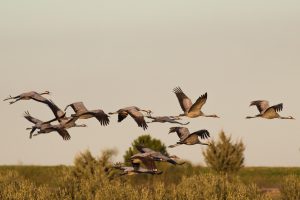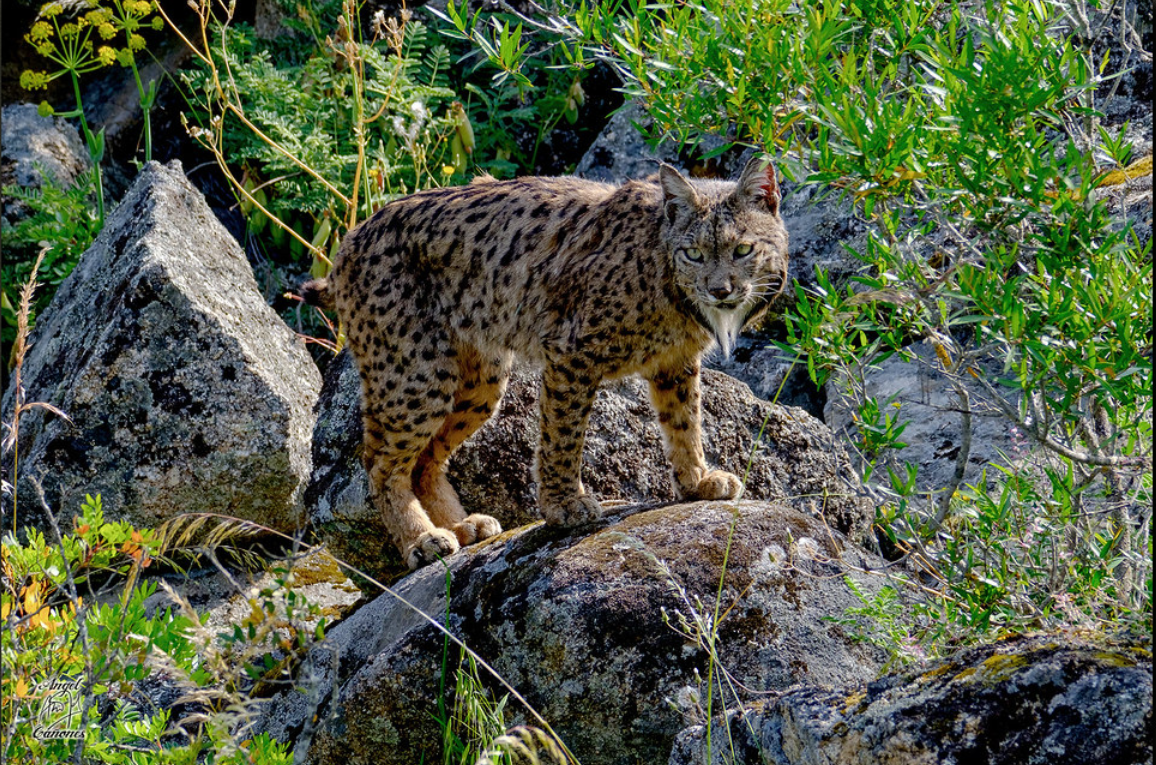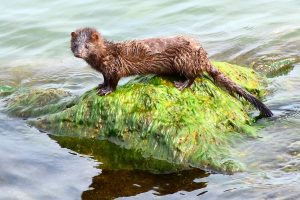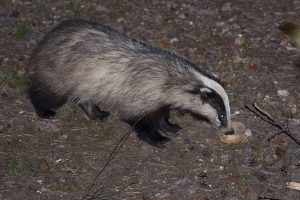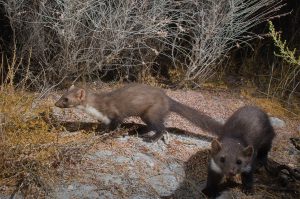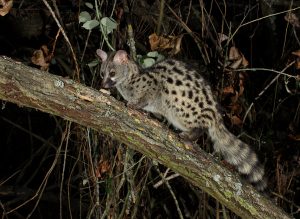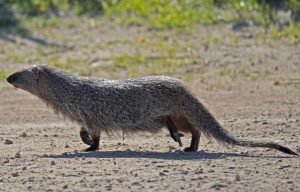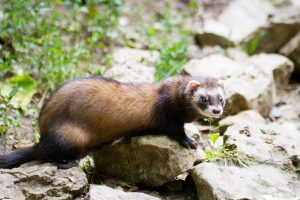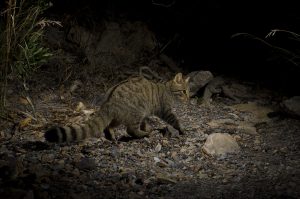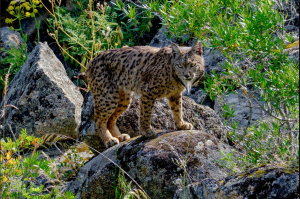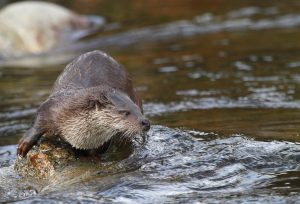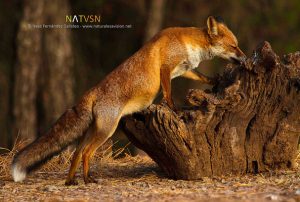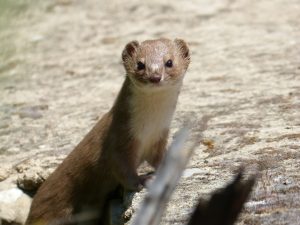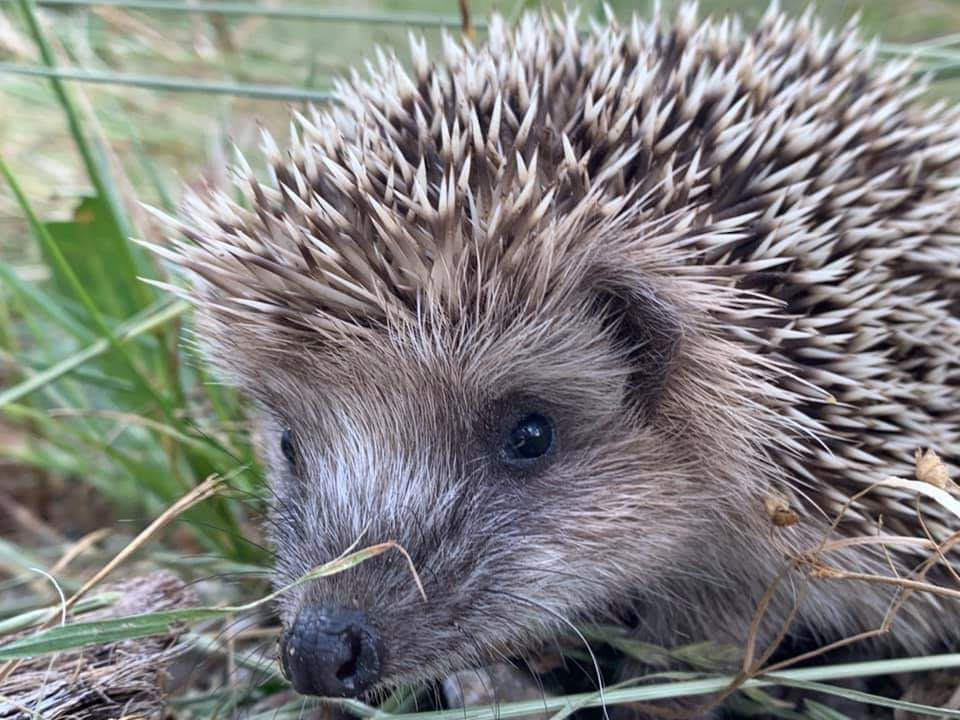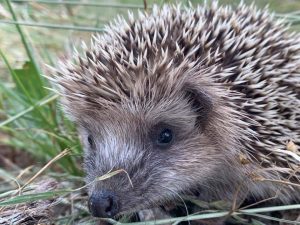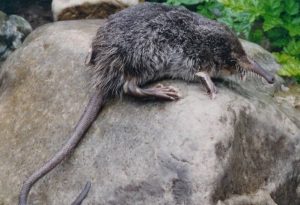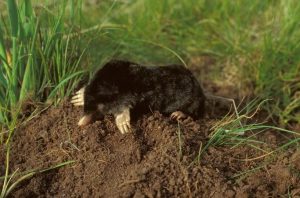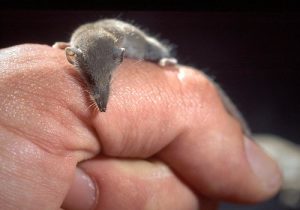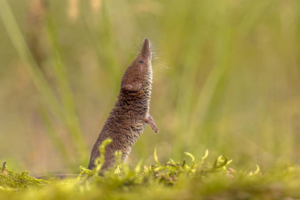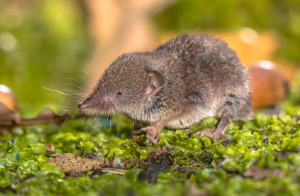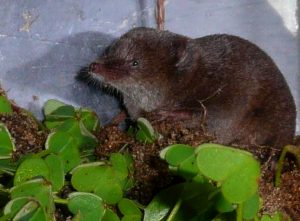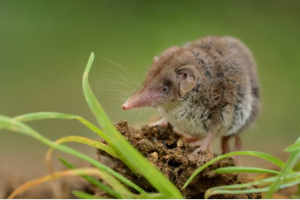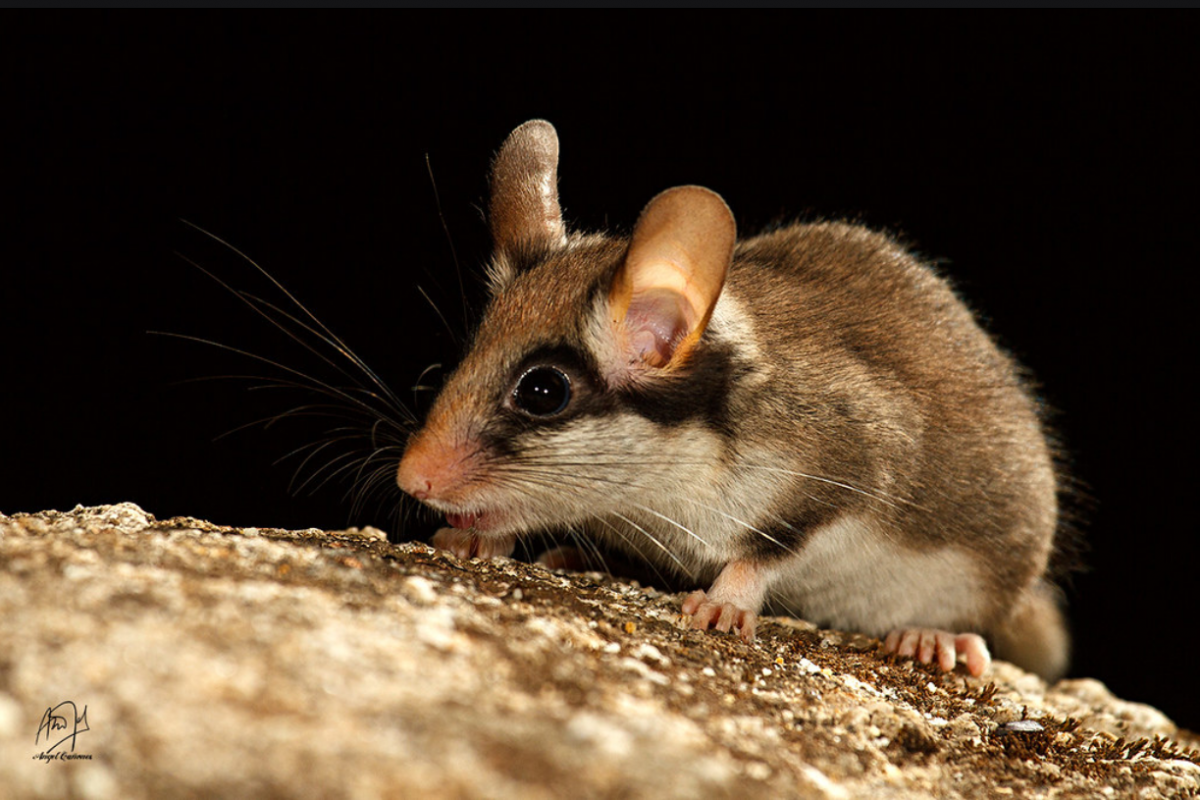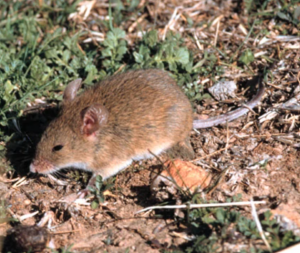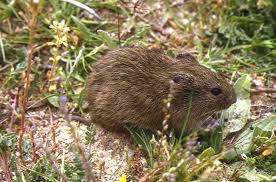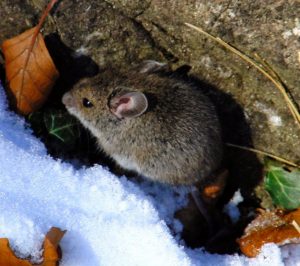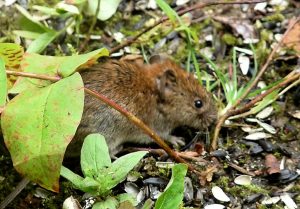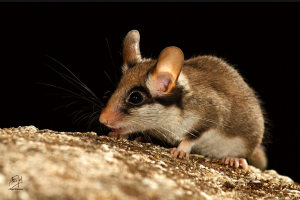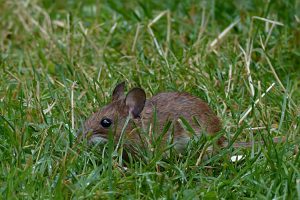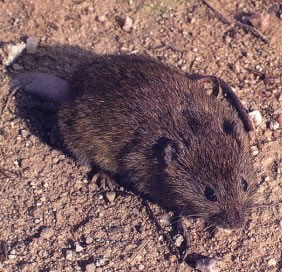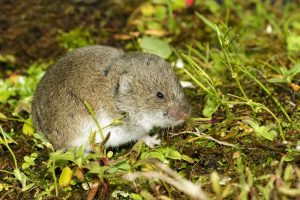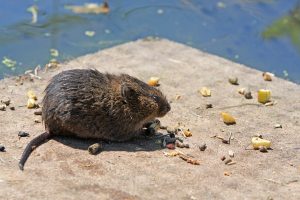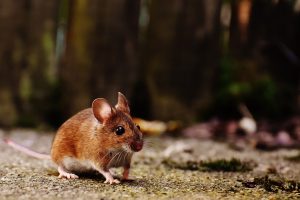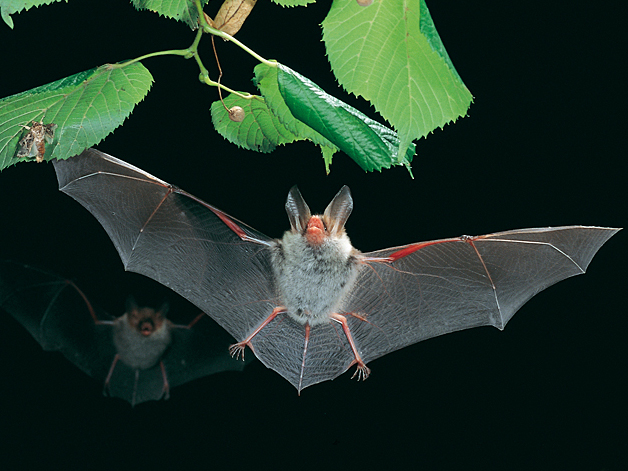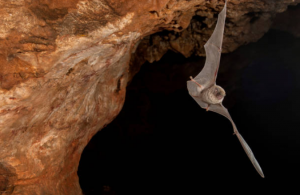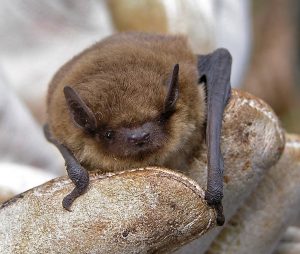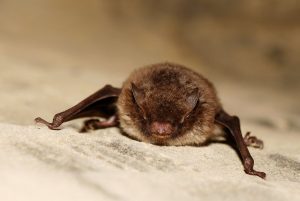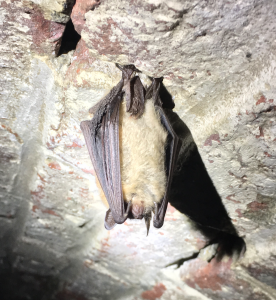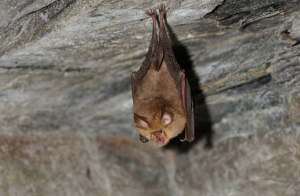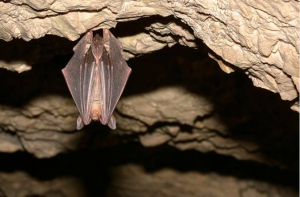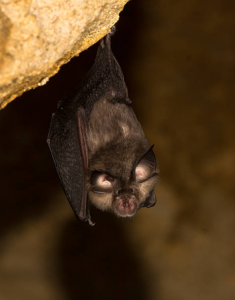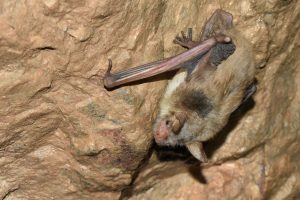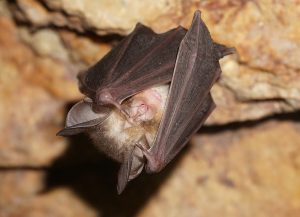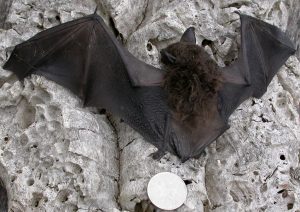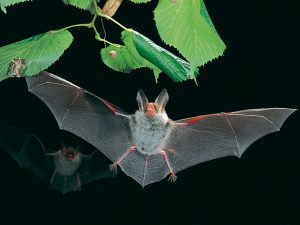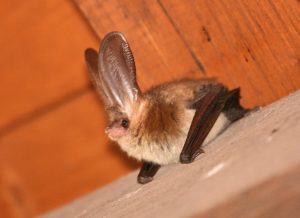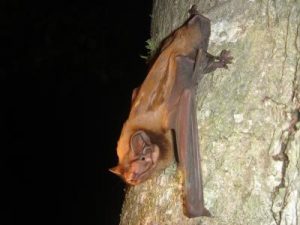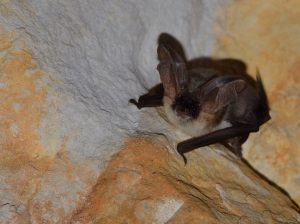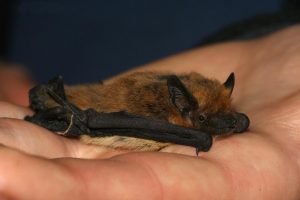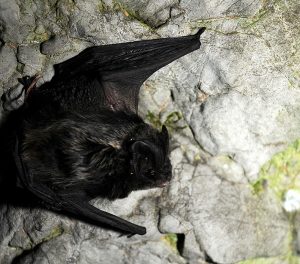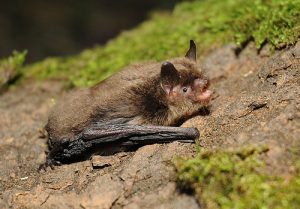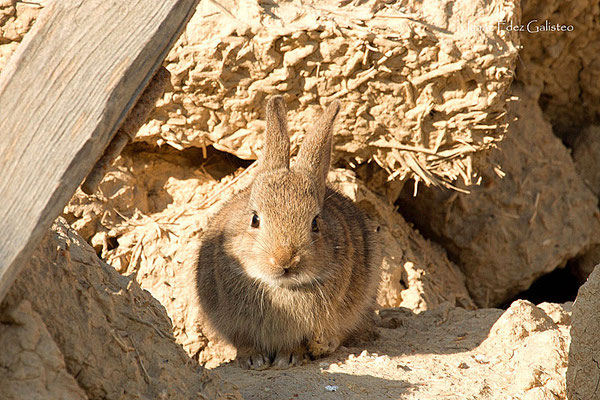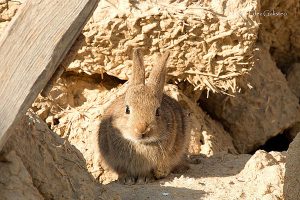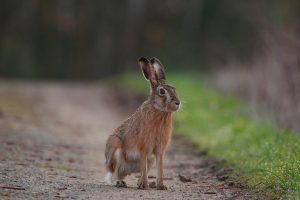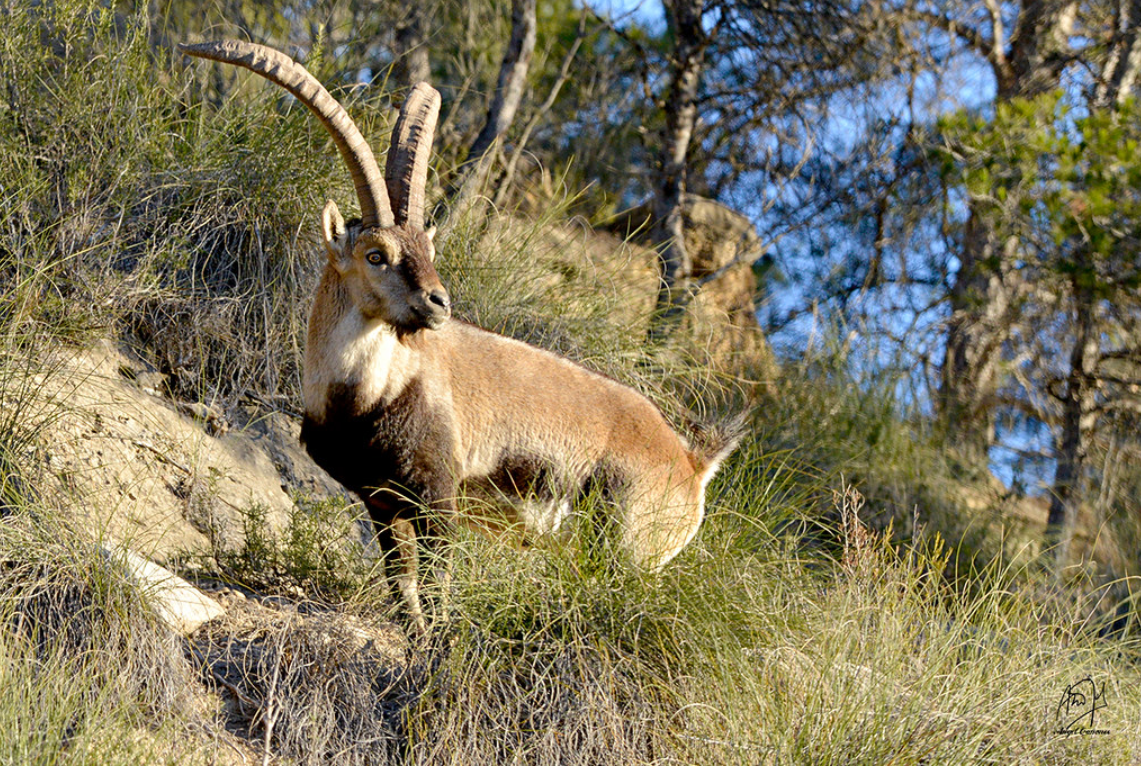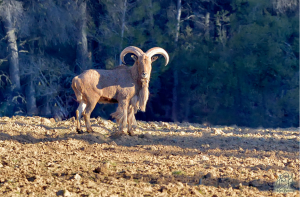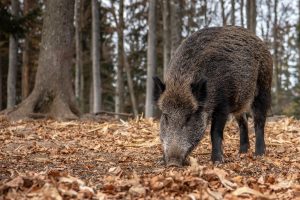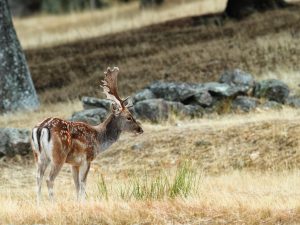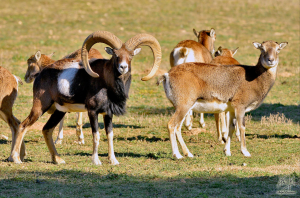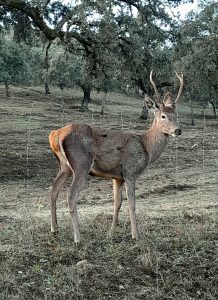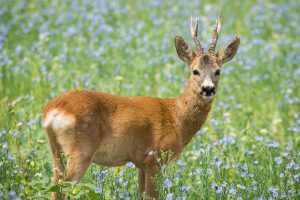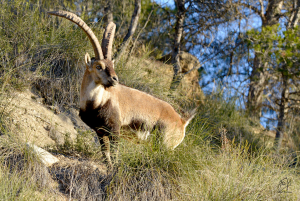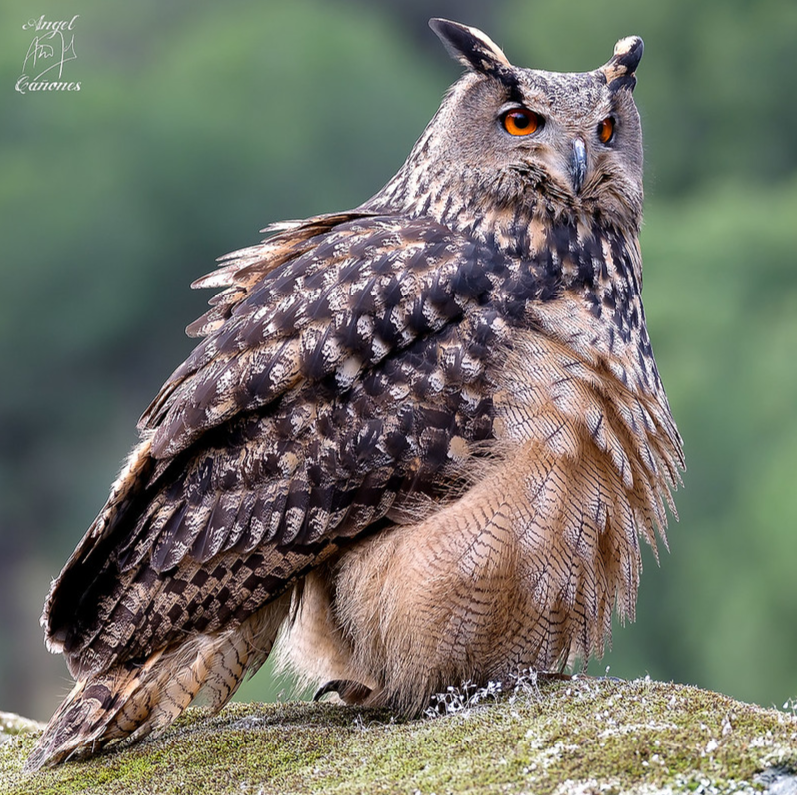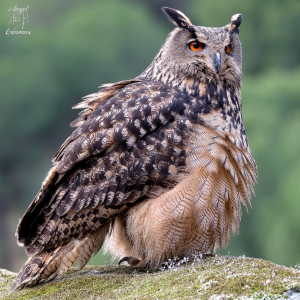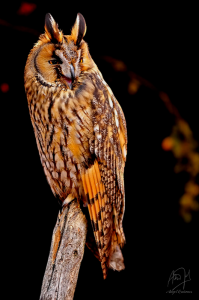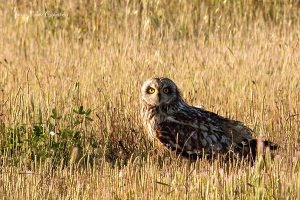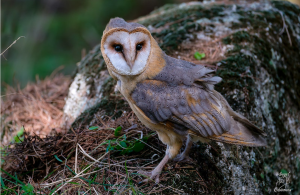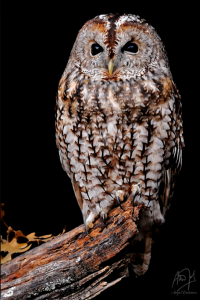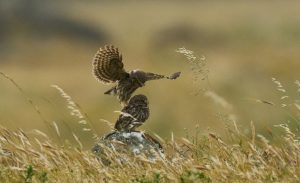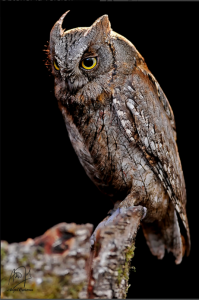If you are looking for a Extremadura bird guide (person), in this article you can find some key information. If you are looking for a Extremadura bird guide (in paper), here you can also find some valuable information. On the one hand, although this website is not an atlas or a bird guide, I try to give some tips to differentiate the most similar species. On the other hand, the option of hiring a bird guide in Extremadura can be very interesting. A guide knows the terrain in detail and will help you find the species you are looking for.
How to learn to identify the birds of Extremadura?
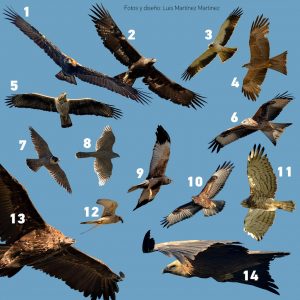 If we go to an area that we do not frequent or if we are just starting out in birdwatching, it is likely that we will have some difficulty in identifying birds. My recommendation is to buy a paper atlas or bird guide. It is very important that you invest time in familiarising yourself with the different species.
If we go to an area that we do not frequent or if we are just starting out in birdwatching, it is likely that we will have some difficulty in identifying birds. My recommendation is to buy a paper atlas or bird guide. It is very important that you invest time in familiarising yourself with the different species.
Birdwatching in their natural habitat is essential and we will have to spend many hours to be able to identify them with a certain accuracy… However, as difficult as it may seem, as the days go by and the hours accumulated, it will become easier and easier to do so. Simply by the position of the wings, the habitat in which they are found, the time of day, the season of the year… All this will give us clues as to which bird we are dealing with.
What are the best bird guides?
There are many very complete guides. I would recommend Aves de España by Eduardo de Juana and J. Valera and Svensson’s Guía de Aves de España, Europa y región mediterránea. However, there is a lot of high quality material on the market. They are guides to the birds of Extremadura and the whole peninsula, in fact the latter includes birds from all over Europe. I think it is important to take the time to look through the guide, read the information about each bird and of course look at the pictures and illustrations. It is always going to be much easier to identify a bird on paper than in the field…. But if we are not able to identify it from a photo, we will hardly be able to do so in reality.
On the other hand, there are several useful websites and APPs. The website of SEO Birdlife of course it is key but there are also more recent websites that can help you a lot like EBIRD.
I recommend always going to the field with either a paper or digital guidebook and every time you make a sighting and think you have identified a species, corroborate it with the guidebook. At first it can be a bit cumbersome but there will come a time when we will not need the guidebook. We will know “by heart” 95% of the birds we see on each outing.
Why hire a Extremadura bird guide?
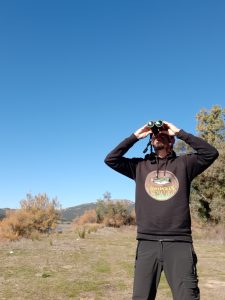
When you have a limited amount of time to visit a particular area, you always want to make the most of it. Hiring a guide will always help you to make the most of this time, investing it in the most productive areas. They will also be able to show you spots that you would never discover on your own and, above all, know which are the best places to visit at any given moment.
For example, there may be an extraordinary area to see waterfowl in winter but not in spring. Many birds are migratory and if we do not know the seasonality of their movements we can waste our time looking for them. And of course, there are some very elusive birds that, without the help of a guide, would be very, very difficult to locate. All this is coming from a person who loves to investigate, to discover new areas by himself. I spend hours looking at google maps, searching for paths and trails to reach certain areas…
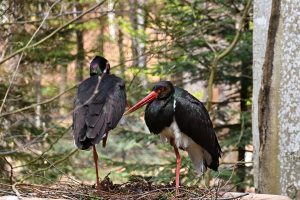
Googling will always help us, but there is a lot of information, a lot of experiences, a lot of knowledge that we will never be able to find in google. This website focuses on the fauna of Extremadura, so if you need help, please do not hesitate to contact Birding in Extremadura and they will be delighted to help you. On this website you can also find an article with the best areas for birdwatching in Extremadura. I hope this article will serve you as a birding guide and that you will enter this exciting world. Once you get in, there is no way out…
Extremadura bird guide
In the last few years we have been able to observe birds in Extremadura on a regular basis that were not observed years ago. It is difficult to find them in many of today’s guidebooks. For this reason we have decided to make available to you this completely updated list with all the birds that we can observe in Extremadura today. If you click on each one you will find images and a brief description.
| Spanish name (link) | Latin name | English name |
|---|---|---|
Abejaruco Común | Merops apiaster | European Bee-eater |
Abejero europeo | Pernis apivorus | European honey buzzard |
Abubilla | Upupa epops | Hoopoe |
Acentor Alpino | Prunella collaris | Alpine Accentor |
Acentor Común | Prunella modularis | Dunnock |
Agachadiza Chica | Lymnocryptes minimus | Jack Snipe |
Agachadiza Común | Gallinago gallinago | Common snipe |
Agateador Común | Certhia brachydactyla | Short-toed Treecreeper |
Águila Culebrera Europea | Circaetus gallicus | Short-toed Eagle |
Águila Imperial Ibérica | Aquila adalberti | Spanish Imperial Eagle |
Águila Pescadora | Pandion haliaetus | Osprey |
Águila Real | Aquila chrysaetos | Golden Eagle |
Águila-azor Perdicera | Hieraaetus fasciatus | Bonellis Eagle |
Aguililla Calzada | Hieraaetus pennatus | Booted Eagle |
Aguilucho Cenizo | Circus pygargus | Montagus Harrier |
Aguilucho Lagunero Occidental | Circus aeruginosus | Marsh Harrier |
Aguilucho Pálido | Circus cyaneus | Hen Harrier |
Aguilucho Papialbo | Circus macrourus | Pallid harrier |
Aguja Colinegra | Limosa limosa | Black-tailed Godwit |
Alcaraván Común | Burhinus oedicnemus | Stone-curlew |
Alcaudón Común | Lanius senator | Woodchat Shrike |
Alcaudón Dorsirrojo | Lanius collurio | Red-backed Shrike |
Alcaudón Meridional | Lanius meridionalis | Iberian Grey Shrike |
Alcotán Europeo | Falco subbuteo | Hobby |
Alimoche Común | Neophron percnopterus | Egyptian Vulture |
Alondra Común | Alauda arvensis | Sky Lark |
Alzacola Rojizo | Cercotrichas galactotes | Rufous-tailed Scrub-robin |
Anade Friso | Mareca strepera | Gadwall |
Anade Rabudo | Anas acuta | Northern pintail |
Anade Real | Anas platyrhynchos | Mallard |
Andarríos Bastardo | Tringa glareola | Wood Sandpiper |
Andarríos Chico | Actitis hypoleucos | Common Sandpiper |
Andarríos Grande | Tringa ochropus | Green Sandpiper |
Ánsar Comun | Anser anser | Greylag Goose |
Archibebe Claro | Tringa nebularia | Greenshank |
Archibebe Común | Tringa totanus | Common Redshank |
Archibebe Fino | Tringa stagnatilis | Marsh Sandpiper |
Archibebe Oscuro | Tringa erythropus | Spotted Redshank |
Arrendajo | Garrulus glandarius | Eurasian Jay |
Autillo Europeo | Otus scops | Scops Owl |
Avefría europea | Vanellus vanellus | Peewit |
Avetorillo Común | Ixobrychus minutus | Little Bittern |
Avetoro Común | Botaurus stellaris | Great Bittern |
Avión Común | Delichon urbicum | House Martin |
Avión Roquero | Ptyonoprogne rupestris | Crag Martin |
Avión Zapador | Riparia riparia | Sand Martin |
Avoceta Común | Recurvirostra avosetta | Avocet |
Avutarda Común | Otis tarda | Great Bustard |
Azor Común | Accipiter gentilis | Northern Goshawk |
Becada | Scolopax rusticola | Eurasian woodcock |
Bengali rojo | Amandava amandava | Red avadavat |
Bigotudo | Panurus biarmicus | Bearded Tit |
Bisbita Alpino | Anthus spinoletta | Water Pipit |
Bisbita Arbóreo | Anthus trivialis | Tree Pipit |
Bisbita Campestre | Anthus campestris | Tawny Pipit |
Bisbita Pratense | Anthus pratensis | Meadow Pipit |
Búho Campestre | Asio flammeus | Short-eared Owl |
Búho Chico | Asio otus | Long-eared Owl |
Búho Real | Bubo bubo | Eagle Owl |
Buitre Leonado | Gyps fulvus | Griffon Vulture |
Buitre Negro | Aegypius monachus | Monk Vulture |
Buitrón | Cisticola juncidis | Zitting Cisticola |
Busardo Ratonero | Buteo buteo | Common Buzzard |
Buscarla Pintoja | Locustella naevia | Grasshopper Warbler |
Buscarla Unicolor | Locustella luscinioides | Savi’s Warbler |
Calamón Común | Porphyrio porphyrio | Purple Swamp-hen |
Calandria Común | Melanocorypha calandra | Calandra Lark |
Camachuelo Común | Pyrrhula pyrrhula | Common Bullfinch |
Canastera Común | Glareola pratincola | Collared Pratincole |
Cárabo Europeo | Strix aluco | Tawny Owl |
Carbonero Común | Parus major | Great Tit |
Carbonero Garrapinos | Parus ater | Coal Tit |
Carraca europea | Coracias garrulus | European Roller |
Carricerín Común | Acrocephalus schoenobaenus | Sedge Warbler |
Carricero Común | Acrocephalus scirpaceus | Reed Warbler |
Carricero Tordal | Acrocephalus arundinaceus | Great Reed Warbler |
Cerceta Carretona | Anas querquedula | Garganey |
Cerceta Comun | Anas crecca | Eurasian teal |
Cernícalo Primilla | Falco naumanni | Lesser Kestrel |
Cernícalo Vulgar | Falco tinnunculus | Common Kestrel |
Charrán Común | Sterna hirundo | Common Tern |
Charrancito Común | Sterna albifrons | Little Tern |
Chochín Común | Troglodytes troglodytes | Wren |
Chorlitejo Chico | Charadrius dubius | Little Ringed Plover |
Chorlitejo Grande | Charadrius hiaticula | Great Ringed Plover |
Chorlitejo Patinegro | Charadrius alexandrinus | Kentish Plover |
Chorlito carambolo | Charadrius morinellus | Eurasian dotterel |
Chorlito Dorado | Pluvialis apricaria | European Golden Plover |
Chorlito Gris | Pluvialis squatarola | Grey Plover |
Chotacabras europeo | Caprimulgus europaeus | European Nightjar |
Chotacabras cuellirrojo | Caprimulgus ruficollis | Red-necked Nightjar |
Chova Piquirroja | Pyrrhocorax pyrrhocorax | Red-billed Chough |
Cigüeña Blanca | Ciconia ciconia | White Stork |
Cigüeña Negra | Ciconia nigra | Black Stork |
Cigüeñuela Común | Himantopus himantopus | Black-winged Stilt |
Codorniz | Coturnix coturnix | Common quail |
Cogujada Común | Galerida cristata | Crested Lark |
Cogujada Montesina | Galerida theklae | Thekla Lark |
Colimbo grande | Gavia immer | Common loon |
Colirrojo Real | Phoenicurus phoenicurus | Common Redstart |
Colirrojo Tizón | Phoenicurus ochruros | Black Redstart |
Collalba Gris | Oenanthe oenanthe | Northern Wheatear |
Collalba Negra | Oenanthe leucura | Black Wheatear |
Collalba Rubia | Oenanthe hispanica | Black-eared Wheatear |
Combatiente | Philomachus pugnax | Ruff |
Cormorán Grande | Phalacrocorax carbo | Great Cormorant |
Corneja negra | Corvus corone | Carrion crow |
Correlimos Común | Calidris alpina | Dunlin |
Correlimos de Temminck | Calidris temminckii | Temmincks Stint |
Correlimos Gordo | Calidris canutus | Red Knot |
Correlimos Menudo | Calidris minuta | Little Stint |
Correlimos Tridáctilo | Calidris alba | Sanderling |
Correlimos Zarapitín | Calidris ferruginea | Curlew Sandpiper |
Críalo Europeo | Clamator glandarius | Great Spotted Cuckoo |
Cuco Común | Cuculus canorus | Common Cuckoo |
Cuervo grande | Corvus corax | Common raven |
Curruca Cabecinegra | Sylvia melanocephala | Sardinian Warbler |
Curruca Capirotada | Sylvia atricapilla | Blackcap |
Curruca Carrasqueña | Sylvia cantillans | Subalpine Warbler |
Curruca Mirlona | Sylvia hortensis | Western Orphean Warbler |
Curruca Mosquitera | Sylvia borin | Garden Warbler |
Curruca Rabilarga | Sylvia undata | Dartford Warbler |
Curruca Tomillera | Sylvia conspicillata | Spectacled Warbler |
Curruca Zarcera | Sylvia communis | Common Whitethroat |
Diamante | Taeniopygia guttata | Zebra finch |
Elanio Común | Elanus caeruleus | Black-shouldered Kite |
Escribano Hortelano | Emberiza hortulana | Ortolan Bunting |
Escribano Montesino | Emberiza cia | Rock Bunting |
Escribano Palustre | Emberiza schoeniclus | Reed Bunting |
Escribano Soteño | Emberiza cirlus | Cirl Bunting |
Esmerejón | Falco columbarius | Merlin Esmerla |
Espátula Común | Platalea leucorodia | Eurasian Spoonbill |
Estornino negro | Sturnus unicolor | Spotless starling |
Estornino pinto | Sturnus vulgaris | Common starling |
Faisán vulgar | Phasianus colchicus | Common pheasant |
Flamenco común | Phoenicopterus roseus | Greater Flamingo |
Focha común | Fulica atra | Eurasian coot |
Fumarel Cariblanco | Chlidonias hybrida | Whiskered Tern |
Fumarel Común | Chlidonias niger | Black Tern |
Gallineta común | Gallinula chloropus | Common moorhen |
Ganga Ibérica | Pterocles alchata | Pin-tailed Sandgrouse |
Ganga Ortega | Pterocles orientalis | Black-bellied Sandgrouse |
Ganso del Nilo | Alopochen aegyptiaca | Egyptian goose |
Garceta Común | Egretta garzetta | Little Egret |
Garceta Grande | Egretta alba | Great White Egret |
Garcilla Bueyera | Bubulcus ibis | Cattle Egret |
Garcilla Cangrejera | Ardeola ralloides | Squacco Heron |
Garza Imperial | Ardea purpurea | Purple Heron |
Garza Real | Ardea cinerea | Grey Heron |
Gavilán Común | Accipiter nisus | Eurasian Sparrowhawk |
Gaviota cabecinegra | Ichthyaetus melanocephalus | Mediterranean gull |
Gaviota cana | Larus canus | Common gull |
Gaviota patiamarilla | Larus michahellis | Yellow legged gull |
Gaviota reidora | Chroicocephalus ridibundus | Black-headed gull |
Gaviota sombría | Larus fuscus | Lesser black-backed gull |
Golondrina Común | Hirundo rustica | Barn Swallow |
Golondrina Dáurica | Hirundo daurica | Red-rumped Swallow |
Gorrión Chillón | Petronia petronia | Rock Sparrow |
Gorrión Común | Passer domesticus | House sparrow |
Gorrión Molinero | Passer montanus | Tree Sparrow |
Gorrión Moruno | Passer hispaniolensis | Spanish Sparrow |
Grajilla | Corvus monedula | Jackdaw |
Grulla Común | Grus grus | Common Crane |
Halcón Peregrino | Falco peregrinus | Peregrine Falcon |
Herrerillo Capuchino | Parus cristatus | Crested Tit |
Herrerillo Común | Parus caeruleus | Blue Tit |
Jilguero | Carduelis carduelis | European goldfinch |
Lavandera Blanca | Motacilla alba | White Wagtail |
Lavandera Boyera | Motacilla flava | Yellow Wagtail |
Lavandera Cascadeña | Motacilla cinerea | Grey Wagtail |
Lechuza Común | Tyto alba | Barn Owl |
Lúgano | Carduelis spinus | Siskin |
Martín Pescador | Alcedo atthis | Common Kingfisher |
Martinete Común | Nycticorax nycticorax | Night Heron |
Milano Negro | Milvus migrans | Black Kite |
Milano Real | Milvus milvus | Red Kite |
Mirlo Capiblanco | Turdus torquatus | Ring Ouzel |
Mirlo Común | Turdus merula | Blackbird |
Mirlo-acuático | Cinclus cinclus | Dipper |
Mito | Aegithalos caudatus | Long-tailed Tit |
Mochuelo europeo | Athene noctua | Little Owl |
Morito Común | Plegadis falcinellus | Glossy Ibis |
Mosquitero Común | Phylloscopus collybita | Common Chiffchaff |
Mosquitero Ibérico | Phylloscopus ibericus | Iberian Chiffchaff |
Mosquitero Musical | Phylloscopus trochilus | Willow Warbler |
Mosquitero Papialbo | Phylloscopus bonelli | Bonelli’s Warbler |
Obispo coronigualdo | Euplectes afer | Yellow-crowned bishop |
Oropéndola | Oriolus oriolus | Golden Oriole |
Pagaza Piconegra | Sterna nilotica | Gull-billed Tern |
Pájaro Moscón | Remiz pendulinus | Penduline Tit |
Paloma bravía | Columba livia | Rock dove |
Paloma torcaz | Columba palumbus | Common wood pigeon |
Paloma zurita | Columba oenas | Stock dove |
Papamoscas Cerrojillo | Ficedula hypoleuca | Pied Flycatcher |
Papamoscas Gris | Muscicapa striata | Spotted Flycatcher |
Pardillo común | Linaria cannabina | Common linnet |
Pato Colorado | Netta rufina | Red-crested Pochard |
Pato Cuchara | Spatula clypeata | Northern shoveler |
Pechiazul | Lucinia svecica | Bluethroat |
Perdiz roja | Alectoris rufa | Red-legged partridge |
Petirrojo Europeo | Erithacus rubecula | Robin |
Pico de coral | Strilda astrild | Common waxbill |
Pico Menor | Dendrocopos minor | Lesser Spotted Woodpecker |
Pico Picapinos | Dendrocopos major | Great Spotted Woodpecker |
Picogordo | Coccothraustes coccothraustes | Hawfinch |
Pinzón Real | Fringilla montifringilla | Brambling |
Pinzón Vulgar | Fringilla coelebs | Common Chaffinch |
Piquituerto Común | Loxia curvirostra | Common Crossbill |
Pito Real | Picus viridis | Green Woodpecker |
Polluela Bastarda | Porzana parva | Little Crake |
Polluela Chica | Porzana pusilla | Baillons Crake |
Polluela Pintoja | Porzana porzana | Spotted Crake |
Porrón Europeo | Aythya ferina | Common Pochard |
Porrón Moñudo | Aythya fuligula | Tufted Duck |
Porrón pardo | Aythya nyroca | Ferruginous Duck |
Quebrantahuesos | Gypaetus barbatus | Bearded vulture |
Rabilargo | Cyanopica cyanus | Azure-winged Magpie |
Rascón Europeo | Rallus aquaticus | Water Rail |
Reyezuelo Listado | Regulus ignicapilla | Firecrest |
Reyezuelo Sencillo | Regulus regulus | Goldcrest |
Roquero Rojo | Monticola saxatilis | Rock Thrush |
Roquero Solitario | Monticola solitarius | Blue Rock Thrush |
Ruiseñor Bastardo | Cettia cetti | Cetti’s Warbler |
Ruiseñor Común | Luscinia megarhynchos | Rufous Nightingale |
Serín verdecillo | Serinus serinus | European serin |
Silbón Europeo | Anas penelope | Eurasian wigeon |
Sisón Común | Tetrax tetrax | Little Bustard |
Somormujo Lavanco | Podiceps cristatus | Great Crested Grebe |
Tarabilla Común | Saxicola torquatus | Common Stonechat |
Tarro blanco | Tadorna tadorna | Common shelduck |
Tarro canelo | Tadorna ferruginea | Ruddy shelduck |
Tejedor común | Ploceus cucullatus | Village weaver |
Terrera común | Calandrella brachydactyla | Greater short-toed lark |
Torcecuello | Jynx torquilla | Eurasian wryneck |
Tortola común | Streptopelia turtur | European turtle dove |
Tortola turca | Streptopelia decaocto | Eurasian collared dov |
Totovía | Lullula arborea | Woodlark |
Trepador azul | Sitta europaea | Eurasian nuthatch |
Triguero | Miliaria calandra | Corn bunting |
Urraca | Pica pica | Eurasian magpie |
Vencejo cafre | Apus caffer | White-rumped swift |
Vencejo común | Apus apus | Common swift |
Vencejo pálido | Apus pallidus | Pallid swift |
Vencejo real | Apus melba | Alpine swift |
Verderón común | Chloris chloris | Greenfinch |
Zampullín común | Tachybaptus ruficollis | Little grebe |
Zampullín cuellinegro | Podiceps nigricollis | Black-necked grebe |
Zarapito real | Numenius arquata | Eurasian curlew |
Zarcero políglota | Hippolais polyglotta | Melodious warbler |
Zorzal alirrojo | Turdus iliacus | Redwing |
Zorzal charlo | Turdus viscivorus | Mistle thrush |
Zorzal común | Turdus philomelos | Song thrush |
Zorzal real | Turdus pilaris | Fieldfare |

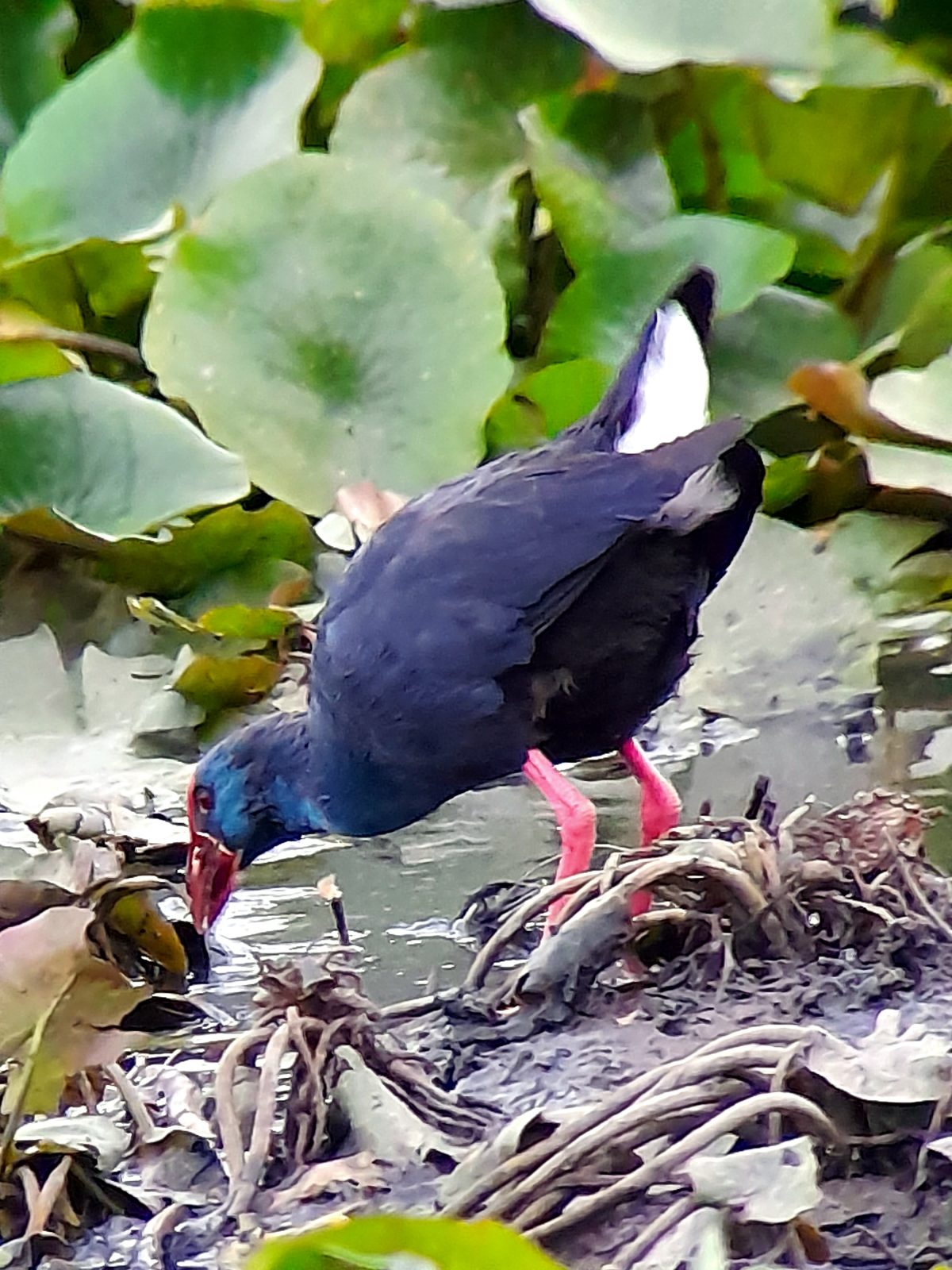
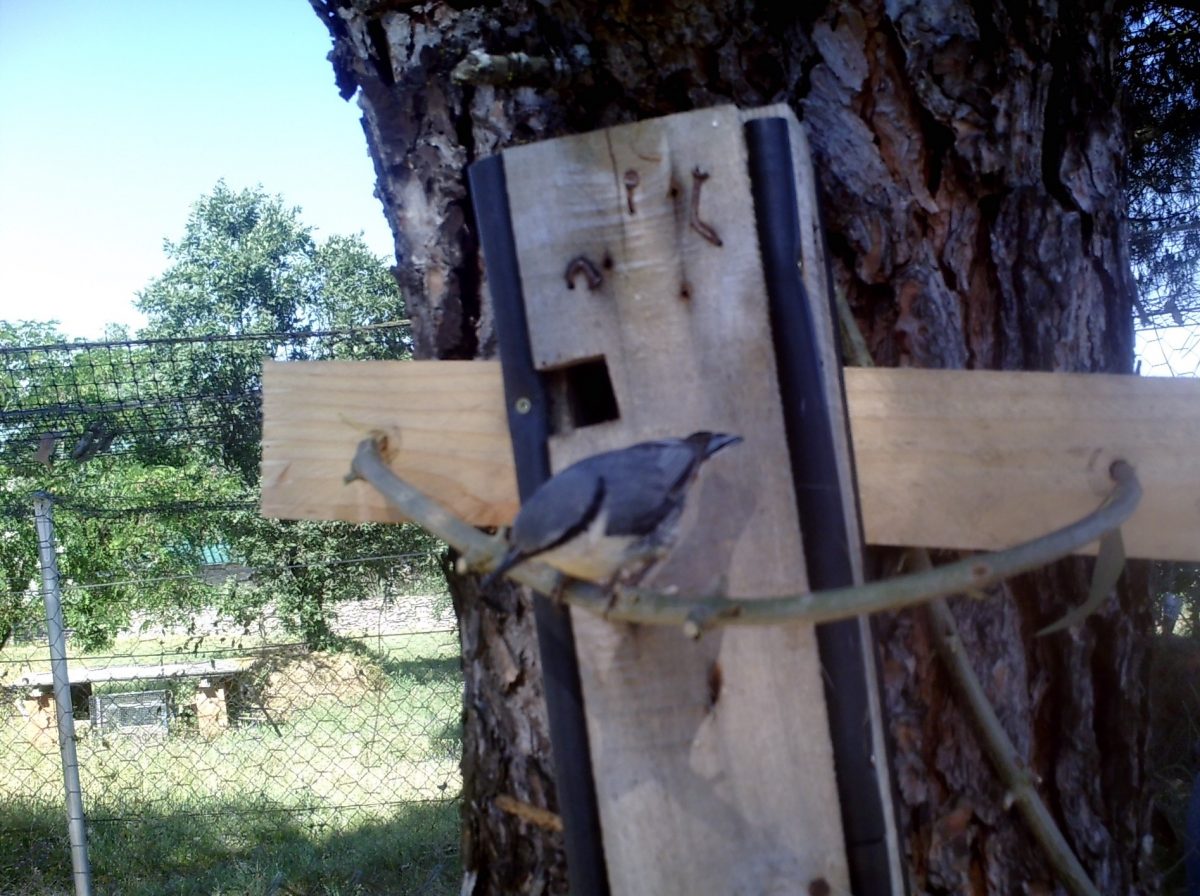
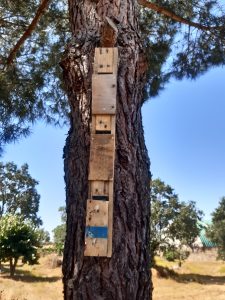
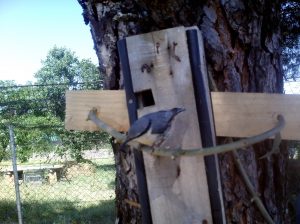
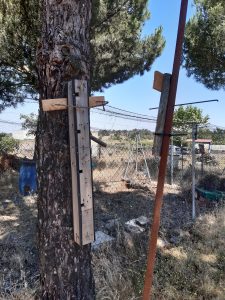
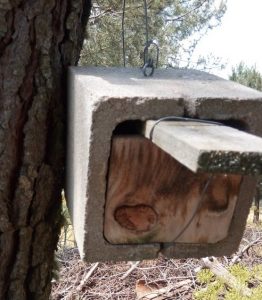
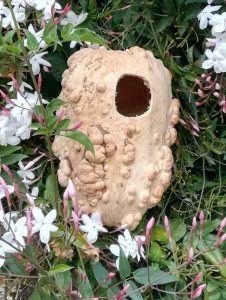
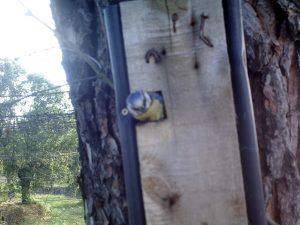
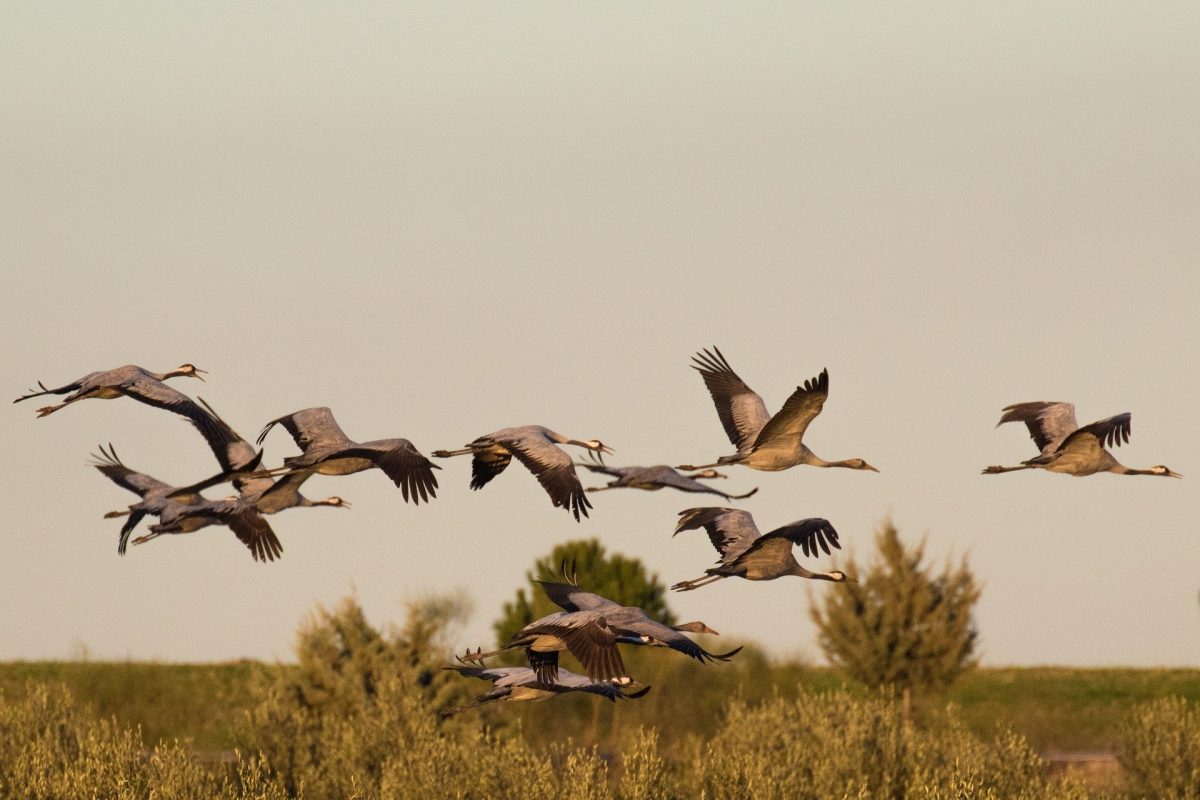
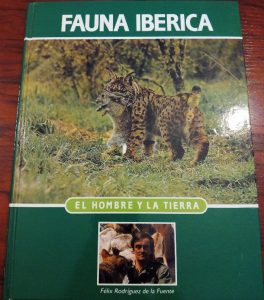 In addition to being in love with sport fishing, I am passionate about nature and love to spend time wildlife watching. Since I was a kid, I started “devouring” books, videos and everything related to nature… I remember a collection by Félix Rodríguez de la Fuente with which I learned a lot about what I know today.
In addition to being in love with sport fishing, I am passionate about nature and love to spend time wildlife watching. Since I was a kid, I started “devouring” books, videos and everything related to nature… I remember a collection by Félix Rodríguez de la Fuente with which I learned a lot about what I know today.